 The world’s wildlife are facing a barrage of threats caused by climate change, from the loss of suitable habitat to dwindling food supplies. As a result, endangered species across the US are edging closer to extinction at alarming rates—and if they disappear, critical genetic information could vanish with them. In a new initiative announced on October 3, the US Fish & Wildlife Service is working with the nonprofit Revive & Restore and other partners to create a “genetic library” of the country’s endangered species—before it’s too late.
The world’s wildlife are facing a barrage of threats caused by climate change, from the loss of suitable habitat to dwindling food supplies. As a result, endangered species across the US are edging closer to extinction at alarming rates—and if they disappear, critical genetic information could vanish with them. In a new initiative announced on October 3, the US Fish & Wildlife Service is working with the nonprofit Revive & Restore and other partners to create a “genetic library” of the country’s endangered species—before it’s too late.
WEST TOKAMAK Inside and Out
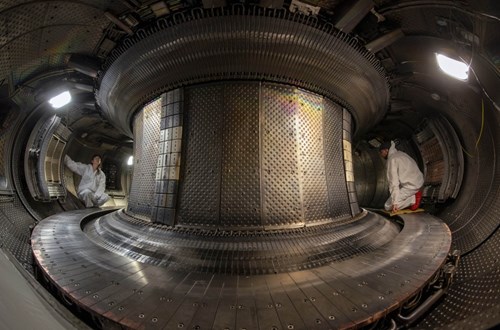 Someone waking up inside of WEST, the French tokamak located barely one kilometer away from ITER, would think they had been transported into an alien spaceship—and more specifically, into the stranded star-faring vessel in the movie Alien (1979), with its strange ribcage-like walls and dull metal vertebrae. Last week, a (perfectly awake) Newsline reporter was privileged to spend a few hours inside the machine's plasma chamber, where some of the longest plasma shots in fusion history were produced.
Someone waking up inside of WEST, the French tokamak located barely one kilometer away from ITER, would think they had been transported into an alien spaceship—and more specifically, into the stranded star-faring vessel in the movie Alien (1979), with its strange ribcage-like walls and dull metal vertebrae. Last week, a (perfectly awake) Newsline reporter was privileged to spend a few hours inside the machine's plasma chamber, where some of the longest plasma shots in fusion history were produced.
Read More
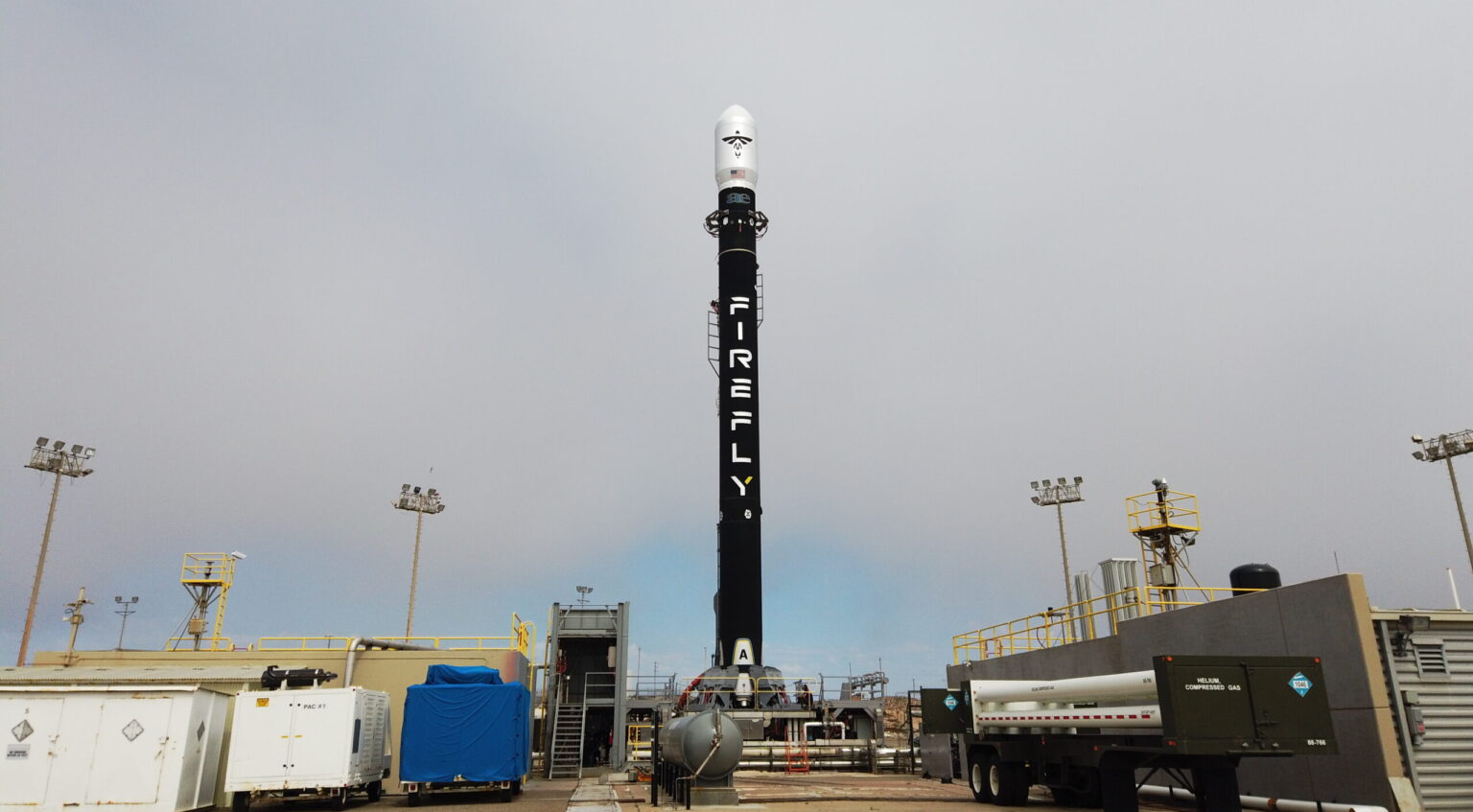 Firefly Aerospace, Inc., an end-to-end space transportation company, today announced it signed a multi-launch agreement with L3Harris Technologies for three dedicated launches on Firefly’s Alpha vehicle in 2026. With the capability to launch more than 1,000 kg to low Earth orbit, Firefly’s Alpha vehicle provides affordable, responsive, and reliable launch services for small satellites and spacecraft. Firefly is ramping up Alpha production at its rocket manufacturing and test site in Briggs, Texas, to support multiple government and commercial launches, while also doubling the size of its facilities to support the ongoing development of its medium launch vehicle that will first launch in 2025. The agreement further positions Firefly as the leader in small-lift launch services as the company ramps up production of its Alpha vehicle to support the growing needs of both government and commercial customers.
Firefly Aerospace, Inc., an end-to-end space transportation company, today announced it signed a multi-launch agreement with L3Harris Technologies for three dedicated launches on Firefly’s Alpha vehicle in 2026. With the capability to launch more than 1,000 kg to low Earth orbit, Firefly’s Alpha vehicle provides affordable, responsive, and reliable launch services for small satellites and spacecraft. Firefly is ramping up Alpha production at its rocket manufacturing and test site in Briggs, Texas, to support multiple government and commercial launches, while also doubling the size of its facilities to support the ongoing development of its medium launch vehicle that will first launch in 2025. The agreement further positions Firefly as the leader in small-lift launch services as the company ramps up production of its Alpha vehicle to support the growing needs of both government and commercial customers.
Read More
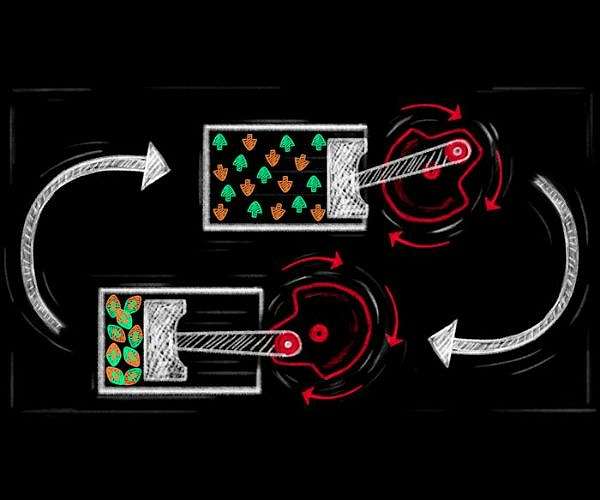 Quantum mechanics is a branch of physics that explores the properties and interactions of iparticles at very small scale, such as atoms and molecules. This has led to the development of new technologies that are more powerful and efficient compared to their conventional counterparts, causing breakthroughs in areas such as computing, communication, and energy.
Quantum mechanics is a branch of physics that explores the properties and interactions of iparticles at very small scale, such as atoms and molecules. This has led to the development of new technologies that are more powerful and efficient compared to their conventional counterparts, causing breakthroughs in areas such as computing, communication, and energy.At the Okinawa Institute of Science and Technology (OIST), researchers at the Quantum Systems Unit have collaborated with scientists from the University of Kaiserslautern-Landau and the University of Stuttgart to design and build an engine that is based on the special rules that particles obey at very small scales.
Read More
Aston University Research Pioneers Making Renewable Hydrogen and Propane Fuel Gases from Glycerol
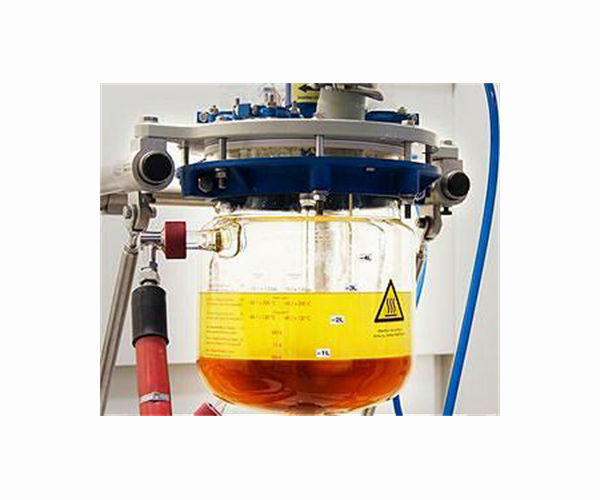 Aston University research has shown the way forward for making renewable hydrogen and propane fuel gases from glycerol. An organic compound, glycerol is produced mainly from fats and oils and is often used in health and beauty products. With crude glycerol from biodiesel production plants cheap and abundant the researchers have explored its potential for making hydrogen gas and biopropane - pioneering work that could benefit the environment and reduce reliance on fuel imports.
Aston University research has shown the way forward for making renewable hydrogen and propane fuel gases from glycerol. An organic compound, glycerol is produced mainly from fats and oils and is often used in health and beauty products. With crude glycerol from biodiesel production plants cheap and abundant the researchers have explored its potential for making hydrogen gas and biopropane - pioneering work that could benefit the environment and reduce reliance on fuel imports.
Read More
Cryogenic Etch Re-Emerges
Cryogenic etch, sometimes called cryo etch, is one of two ways to enable deep silicon or high-aspect ratio (HAR) etches in devices, where the features are long, narrow and deep. The other and most popular method is the two-step Bosch process, where you etch out a part of the structure and then passivate it at ambient temperatures. Then you repeat the process until the etch is completed.
Read More
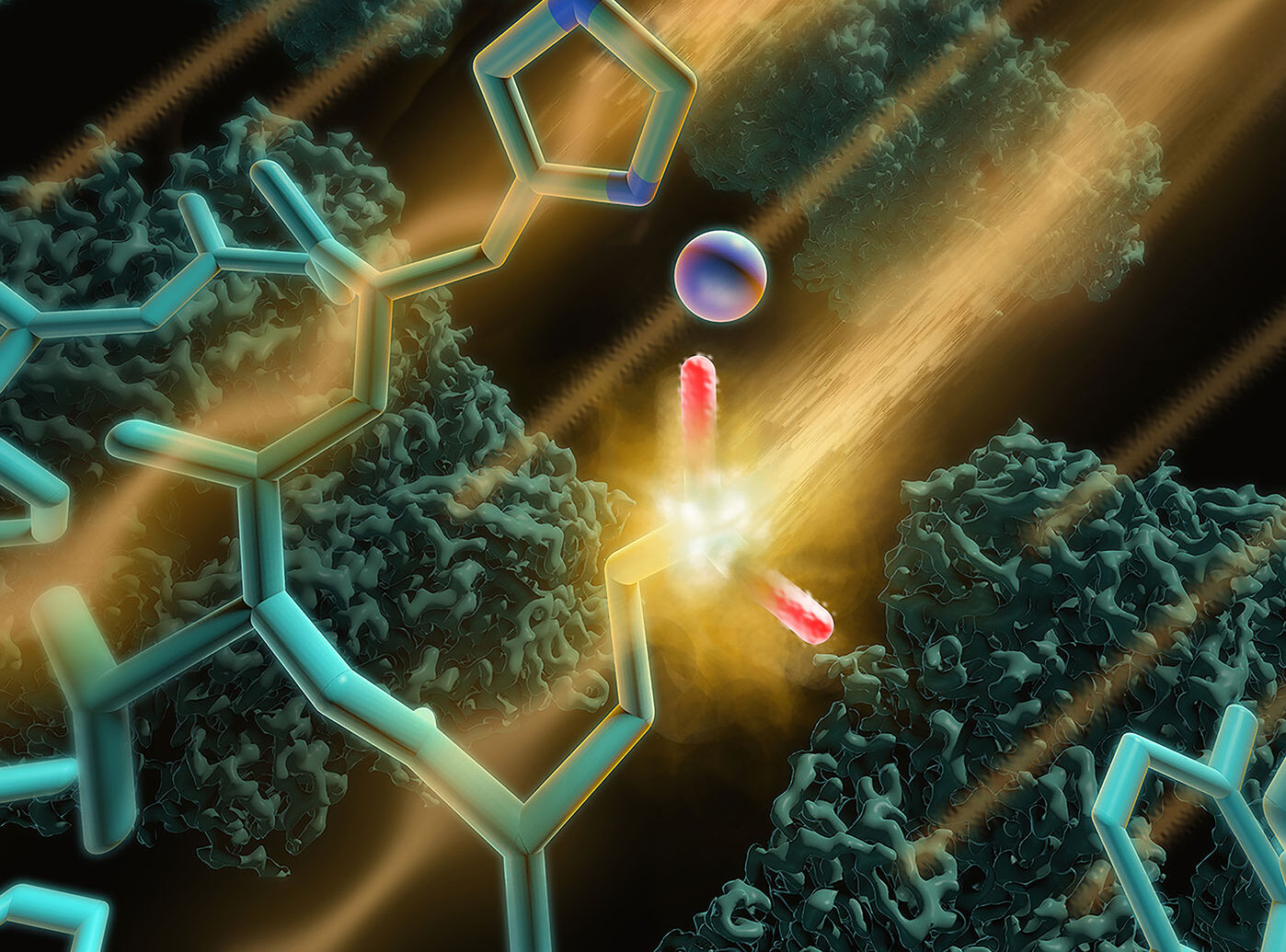 Structure-based designs are integral to advancing drug discovery, and in this regard, cryogenic electron microscopy (cryo-EM) has emerged as a pivotal tool for achieving high-resolution structures of proteins and protein complexes. Particularly noteworthy is its utility in elucidating the structures of protein classes that have historically resisted crystallization.
Structure-based designs are integral to advancing drug discovery, and in this regard, cryogenic electron microscopy (cryo-EM) has emerged as a pivotal tool for achieving high-resolution structures of proteins and protein complexes. Particularly noteworthy is its utility in elucidating the structures of protein classes that have historically resisted crystallization.
Read More
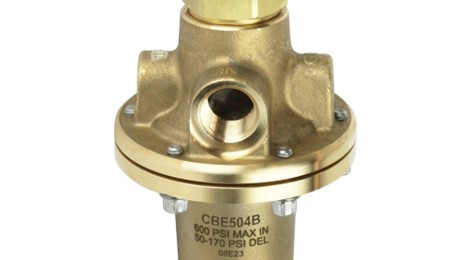 RegO Products has unveiled its latest breakthrough: the CBE504 Series of Half-Inch Pressure Builder-Economizer Regulators. Designed to enhance cryogenic vessel operations, these regulators prioritize pressure control and product preservation.
RegO Products has unveiled its latest breakthrough: the CBE504 Series of Half-Inch Pressure Builder-Economizer Regulators. Designed to enhance cryogenic vessel operations, these regulators prioritize pressure control and product preservation.
Read More
 UK-based Tokamak Energy’s superconducting magnet system, which is being built to replicate fusion energy power plant forces, has passed significant milestone cryogenic tests. Creating fusion energy requires strong magnetic fields to confine and control the extremely hot hydrogen fuel, which becomes a plasma several times hotter than the center of the sun.
UK-based Tokamak Energy’s superconducting magnet system, which is being built to replicate fusion energy power plant forces, has passed significant milestone cryogenic tests. Creating fusion energy requires strong magnetic fields to confine and control the extremely hot hydrogen fuel, which becomes a plasma several times hotter than the center of the sun.
Read More
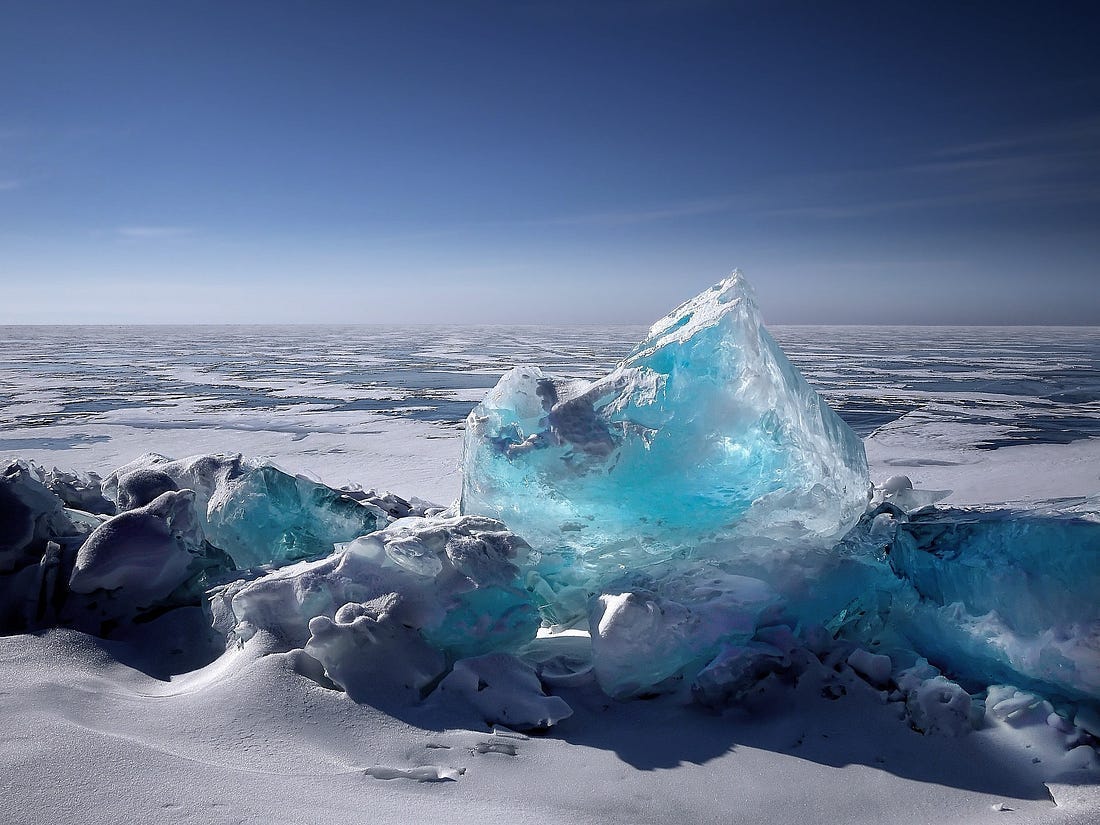 In the rapidly evolving landscape of quantum technology, cryogenics is an indispensable and fascinating domain that pushes the boundaries of low-temperature physics. Harnessing the power of extreme cold, this groundbreaking field plays a pivotal role in unlocking the true potential of quantum phenomena. This field of research has its origins in the early 20th century and has since become a vital area of study for understanding quantum phenomena and developing advanced technologies like superconductors and quantum computing.
In the rapidly evolving landscape of quantum technology, cryogenics is an indispensable and fascinating domain that pushes the boundaries of low-temperature physics. Harnessing the power of extreme cold, this groundbreaking field plays a pivotal role in unlocking the true potential of quantum phenomena. This field of research has its origins in the early 20th century and has since become a vital area of study for understanding quantum phenomena and developing advanced technologies like superconductors and quantum computing.
Read More
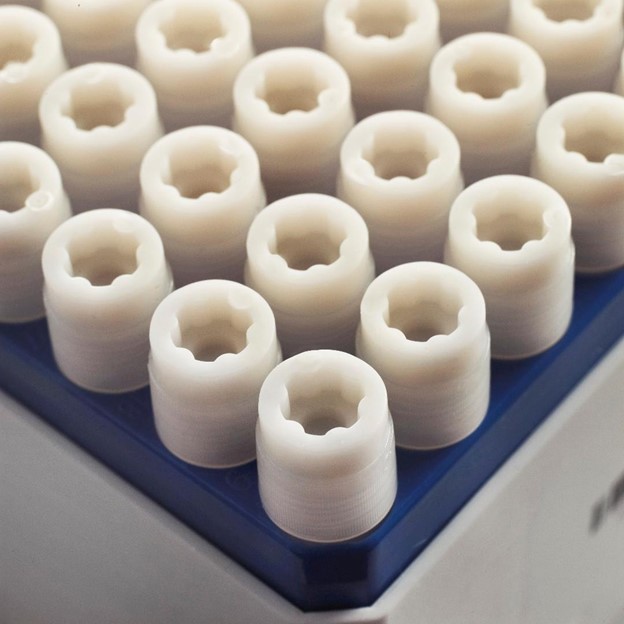 In the realm of scientific discovery, the value of biological specimens cannot be overstated. They serve as essential windows into understanding life's intricate mysteries. From the smallest molecules to the most complex organisms, researchers strive to unlock the secrets held within these samples. To safeguard these invaluable assets, a pioneering leader emerges – Ziath, a company committed to revolutionizing sample management with their CryzoTraq™ 2D Barcoded Sample Storage Tubes.
In the realm of scientific discovery, the value of biological specimens cannot be overstated. They serve as essential windows into understanding life's intricate mysteries. From the smallest molecules to the most complex organisms, researchers strive to unlock the secrets held within these samples. To safeguard these invaluable assets, a pioneering leader emerges – Ziath, a company committed to revolutionizing sample management with their CryzoTraq™ 2D Barcoded Sample Storage Tubes.
Read More
 When it comes to battling cancer, innovation and evolution in medical technology play a vital role in improving treatment outcomes and patients' quality of life. One such innovation that has been making strides in recent years is cryotherapy for kidney cancer. Cryotherapy, also known as freezing therapy, cryosurgery, or cryoablation, is a cutting-edge procedure that harnesses the power of extreme cold to combat cancer cells effectively. This revolutionary technique is particularly promising for treating small, early-stage kidney cancers.
When it comes to battling cancer, innovation and evolution in medical technology play a vital role in improving treatment outcomes and patients' quality of life. One such innovation that has been making strides in recent years is cryotherapy for kidney cancer. Cryotherapy, also known as freezing therapy, cryosurgery, or cryoablation, is a cutting-edge procedure that harnesses the power of extreme cold to combat cancer cells effectively. This revolutionary technique is particularly promising for treating small, early-stage kidney cancers.
Read More
 At a somewhat small and unassuming airport in Maribor, Slovenia, German hydrogen propulsion startup H2FLY has quietly been building up to a major milestone in zero-emission aviation over the summer. And all the hard work has come to fruition, with the successful completion of the world’s first crewed liquid hydrogen-powered flights.
At a somewhat small and unassuming airport in Maribor, Slovenia, German hydrogen propulsion startup H2FLY has quietly been building up to a major milestone in zero-emission aviation over the summer. And all the hard work has come to fruition, with the successful completion of the world’s first crewed liquid hydrogen-powered flights.
Read More
NIF Journeys to Ignition
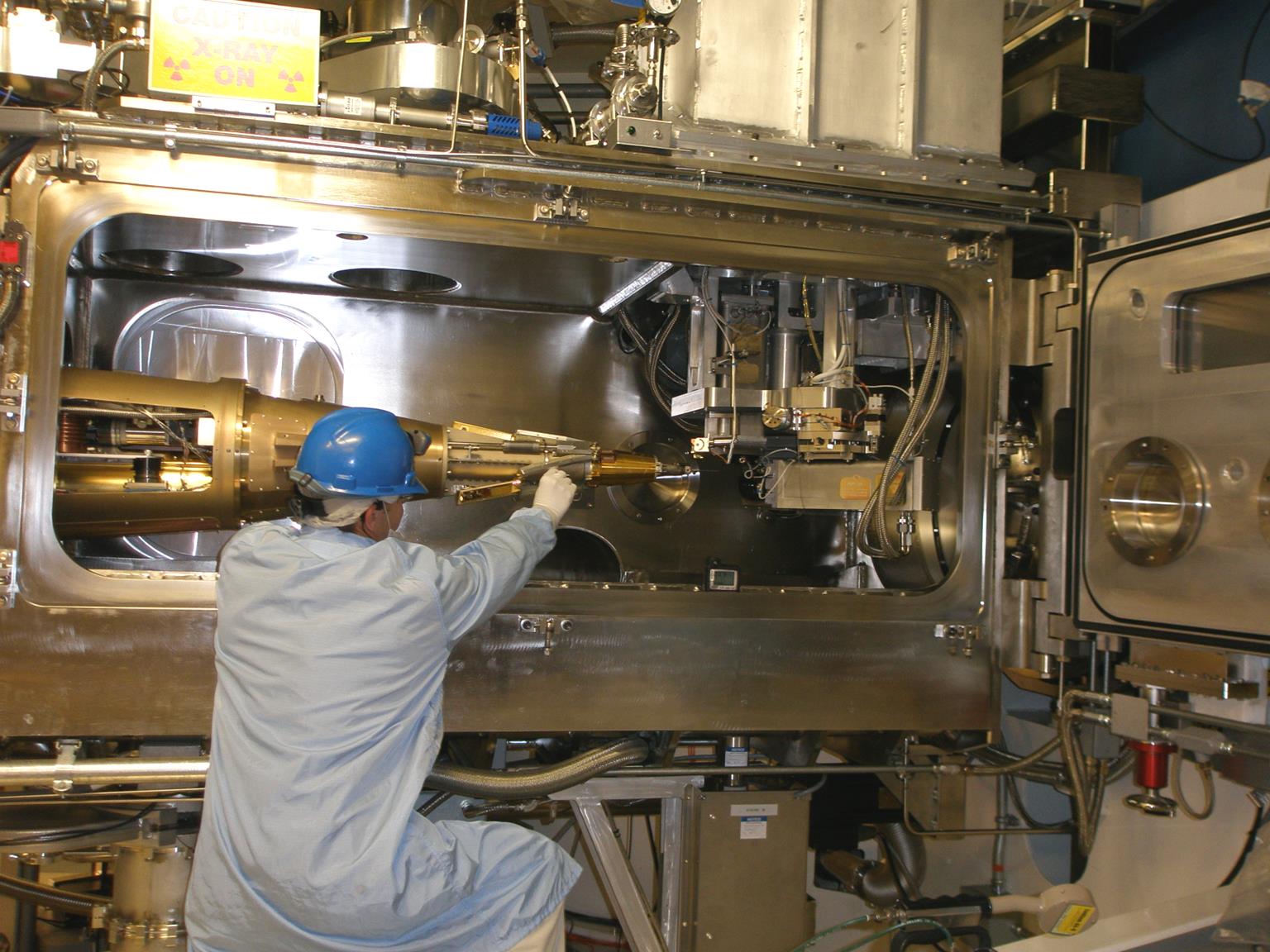 December 5, 2022, marked a historic breakthrough in the field of fusion research as scientists achieved ignition, a momentous achievement that has been a scientific grand challenge spanning over 50 years. The National Ignition Facility (NIF) within the Lawrence Livermore National Laboratory (LLNL) achieved an igniting fusion reaction where the nuclear energy output surpassed the input of optical energy—a remarkable feat known as ignition.
December 5, 2022, marked a historic breakthrough in the field of fusion research as scientists achieved ignition, a momentous achievement that has been a scientific grand challenge spanning over 50 years. The National Ignition Facility (NIF) within the Lawrence Livermore National Laboratory (LLNL) achieved an igniting fusion reaction where the nuclear energy output surpassed the input of optical energy—a remarkable feat known as ignition.
Read More
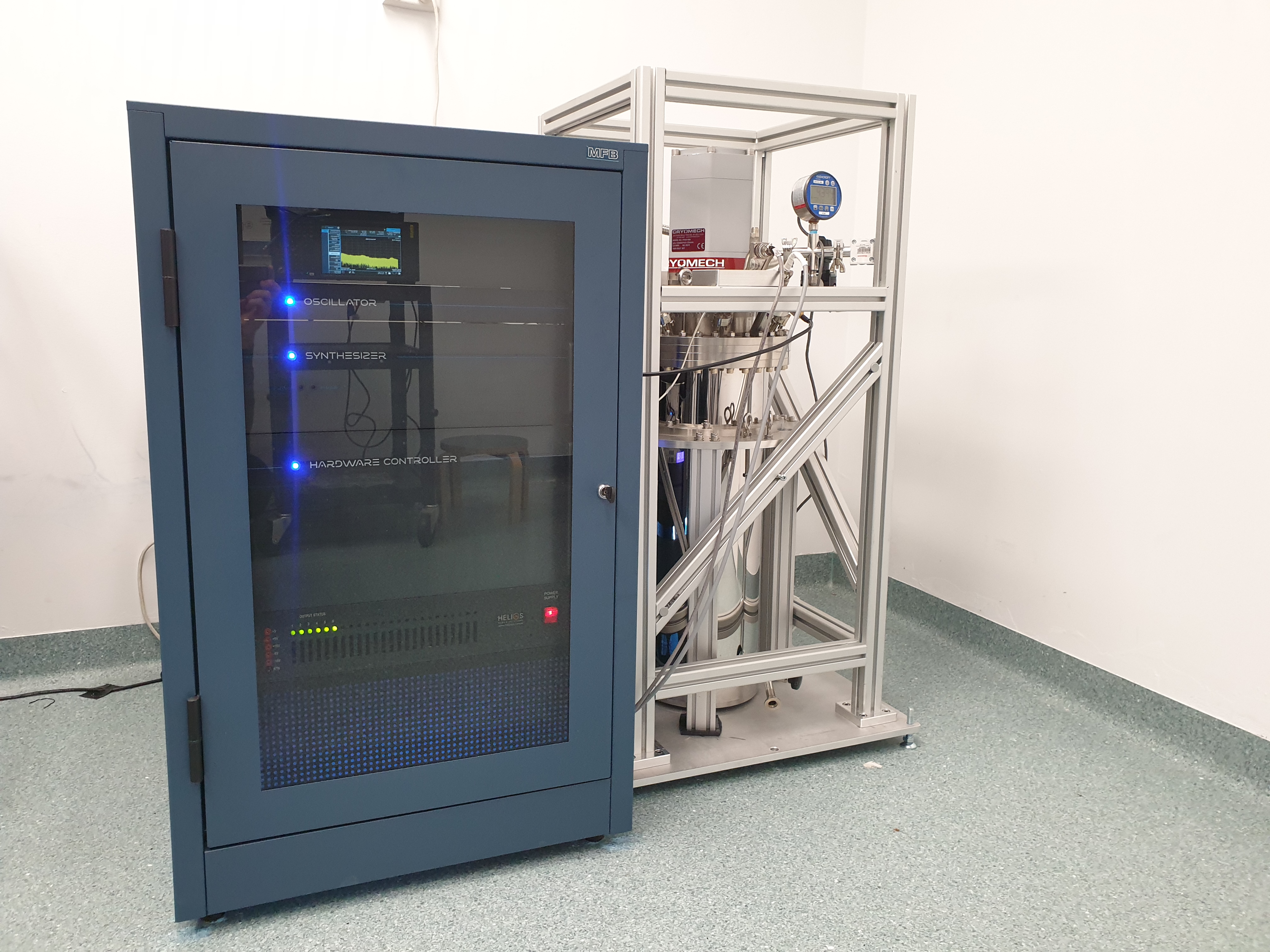 QuantX Labs, an Australian deep technology company, has achieved a groundbreaking advancement with its cryogenic sapphire oscillator, the Cryoclock. Operating at microwave frequencies, it offers unparalleled signal purity and stability, attracting interest from defense and commercial markets while also spearheading the development of advanced quantum technology for space applications.
QuantX Labs, an Australian deep technology company, has achieved a groundbreaking advancement with its cryogenic sapphire oscillator, the Cryoclock. Operating at microwave frequencies, it offers unparalleled signal purity and stability, attracting interest from defense and commercial markets while also spearheading the development of advanced quantum technology for space applications.
Read More
 Topological effects are predicted to have many potential uses in future electronic devices. Therefore, finding ways to control these effects is desirable. As predicted by first-principles calculations, the one-dimensional (1D) transition-metal trichalcogenide TaSe3 is a strongly topological semimetal. It has a unique atomic arrangement of two inequivalent chains; the shorter distance between the Se atoms in the type-I chains (red in figures) creates strong covalent p-p bonding between the two Se atoms, whereas this bond is broken in the type-II chains (blue in figures) so that bonds form with the Ta atoms from the neighboring type-I chains. The chains are along the b-axis crystallographic direction. Calculations suggest that nontrivial topological phases can be induced by the distorted type-II chain under ambient conditions and/or strain. In collaboration with John Singleton at the Pulsed-Field Facility, National High Magnetic Field Laboratory, research led by Dr. Rongying Jin of the University of South Carolina (USC) investigated the effect of strain on TaSe3 by measuring its magnetoresistance (MR) in fields of up to 60 T. Both ribbon-shaped (under ambient conditions) and ring-shaped (i.e., deliberately strained) samples were studied.
Topological effects are predicted to have many potential uses in future electronic devices. Therefore, finding ways to control these effects is desirable. As predicted by first-principles calculations, the one-dimensional (1D) transition-metal trichalcogenide TaSe3 is a strongly topological semimetal. It has a unique atomic arrangement of two inequivalent chains; the shorter distance between the Se atoms in the type-I chains (red in figures) creates strong covalent p-p bonding between the two Se atoms, whereas this bond is broken in the type-II chains (blue in figures) so that bonds form with the Ta atoms from the neighboring type-I chains. The chains are along the b-axis crystallographic direction. Calculations suggest that nontrivial topological phases can be induced by the distorted type-II chain under ambient conditions and/or strain. In collaboration with John Singleton at the Pulsed-Field Facility, National High Magnetic Field Laboratory, research led by Dr. Rongying Jin of the University of South Carolina (USC) investigated the effect of strain on TaSe3 by measuring its magnetoresistance (MR) in fields of up to 60 T. Both ribbon-shaped (under ambient conditions) and ring-shaped (i.e., deliberately strained) samples were studied.
Read More
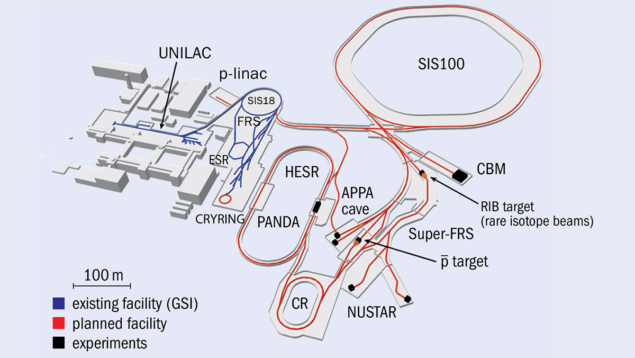 The Facility for Antiproton and Ion Research (FAIR) in Darmstadt, Germany, is embarking on a pioneering mission that will transform accelerator research and expand our understanding of the universe. With its ambitious vision to explore an extensive research canvas, FAIR is set to become a global hub for scientific exploration, spanning diverse domains such as hadron physics, nuclear structure, astrophysics, atomic physics, materials science, radiation biophysics, cancer therapy and space science.
The Facility for Antiproton and Ion Research (FAIR) in Darmstadt, Germany, is embarking on a pioneering mission that will transform accelerator research and expand our understanding of the universe. With its ambitious vision to explore an extensive research canvas, FAIR is set to become a global hub for scientific exploration, spanning diverse domains such as hadron physics, nuclear structure, astrophysics, atomic physics, materials science, radiation biophysics, cancer therapy and space science.
Read More
 In the pursuit of scientific knowledge, the German Aerospace Center (DLR) embarked on a mission to explore the enigmatic properties of atomic oxygen in Earth’s upper atmosphere. Understanding the impact of this element on satellite corrosion, deceleration in low-Earth orbits and its role as an indicator of climate change held great importance for DLR’s research. Its ambitious endeavor involved deploying the OSAS-B oxygen spectrometer as part of Europe’s HEMERA balloon campaign. For this intricate task, DLR sought the expertise of Infrared Labs (IRLabs), a respected industry leader boasting decades of experience in high altitude cryostats.
In the pursuit of scientific knowledge, the German Aerospace Center (DLR) embarked on a mission to explore the enigmatic properties of atomic oxygen in Earth’s upper atmosphere. Understanding the impact of this element on satellite corrosion, deceleration in low-Earth orbits and its role as an indicator of climate change held great importance for DLR’s research. Its ambitious endeavor involved deploying the OSAS-B oxygen spectrometer as part of Europe’s HEMERA balloon campaign. For this intricate task, DLR sought the expertise of Infrared Labs (IRLabs), a respected industry leader boasting decades of experience in high altitude cryostats.
Read More
Partnership Revolutionizes Healthcare with the MAGNETOM Terra 7 Tesla MRI Scanner
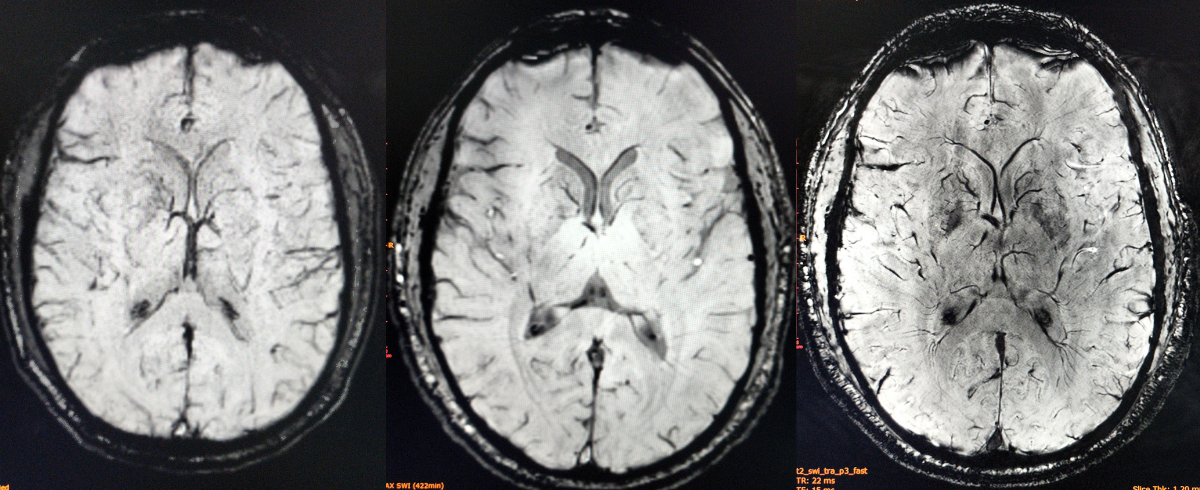 The University of Illinois Urbana-Champaign (UIUC) and Carle Health, a vertically integrated healthcare system with hospitals, physician practices and a medical school, have formed a unique partnership to co-own and operate a Siemens Healthineers MAGNETOM Terra 7 Tesla MRI scanner. This collaboration has significant implications for both research and clinical care. The scanner, with its high-powered magnetic field and advanced neuroimaging capabilities, offers transformative potential.
The University of Illinois Urbana-Champaign (UIUC) and Carle Health, a vertically integrated healthcare system with hospitals, physician practices and a medical school, have formed a unique partnership to co-own and operate a Siemens Healthineers MAGNETOM Terra 7 Tesla MRI scanner. This collaboration has significant implications for both research and clinical care. The scanner, with its high-powered magnetic field and advanced neuroimaging capabilities, offers transformative potential.
Read More
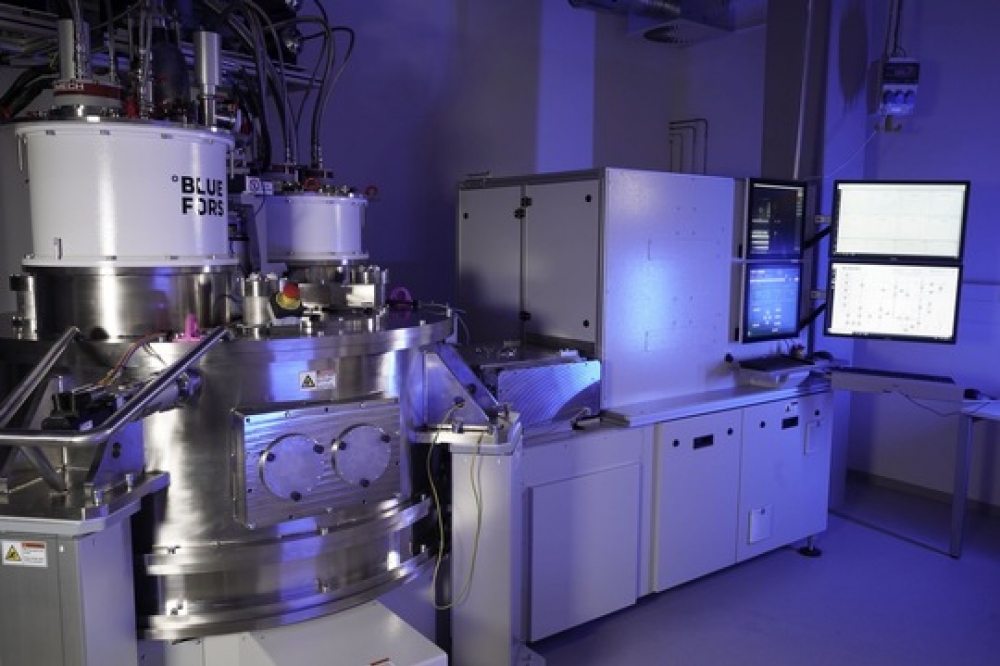 Germany's first cryogenic measuring setup for the statistical quality measurement of qubit devices on 200- and 300-mm wafers has commenced operation at Fraunhofer IAF. With the newly established cryogenic on-wafer prober, researchers at the Fraunhofer Institute for Applied Solid State Physics IAF aim to gain a deeper understanding of the functioning of quantum devices based on semiconductor quantum dots, quantum wells, and superconductors.
Germany's first cryogenic measuring setup for the statistical quality measurement of qubit devices on 200- and 300-mm wafers has commenced operation at Fraunhofer IAF. With the newly established cryogenic on-wafer prober, researchers at the Fraunhofer Institute for Applied Solid State Physics IAF aim to gain a deeper understanding of the functioning of quantum devices based on semiconductor quantum dots, quantum wells, and superconductors.


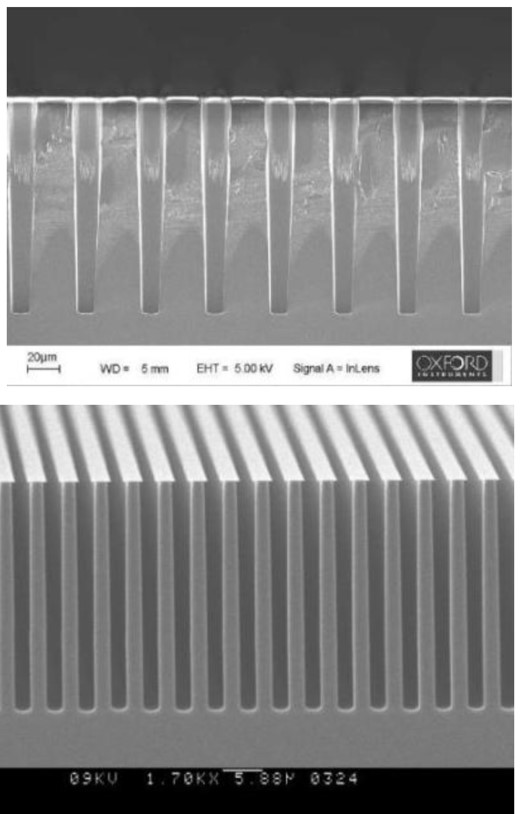 After years in R&D, a technology called cryogenic etch is re-emerging as a possible option for production as the industry faces new challenges in memory and logic.
After years in R&D, a technology called cryogenic etch is re-emerging as a possible option for production as the industry faces new challenges in memory and logic. 